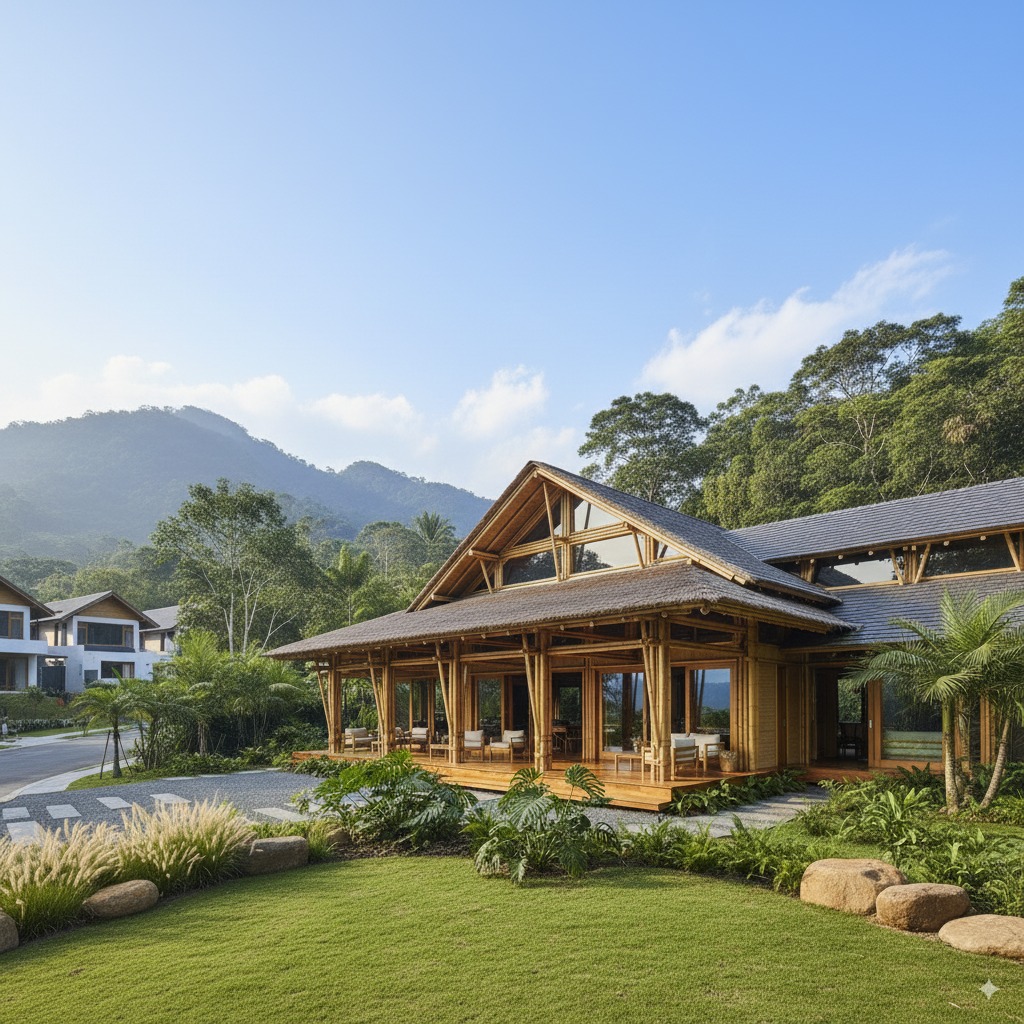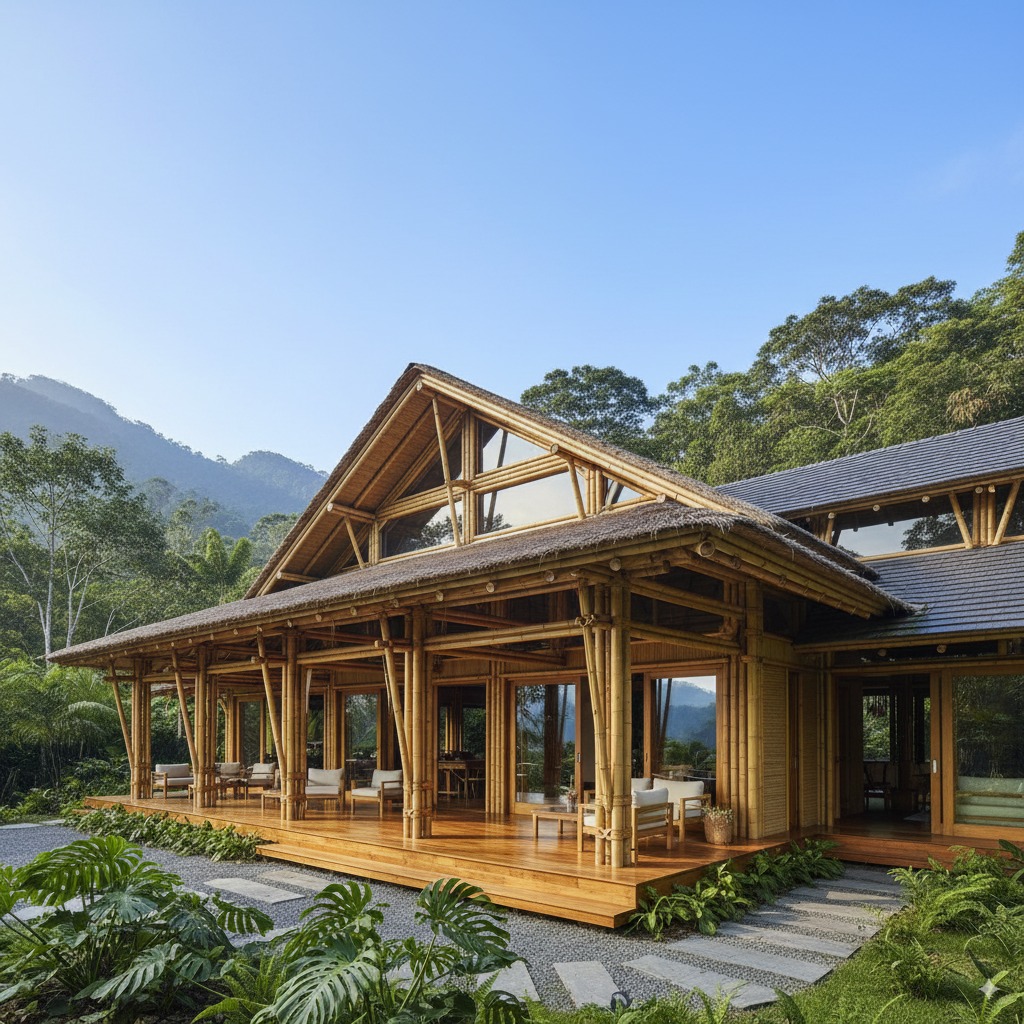Those considering building a home in Costa Rica often ask what a realistic budget looks like, because prices shift with region, access, design complexity, and finish level. Understanding how each variable moves the needle helps you plan calmly, prioritize better, and avoid budget creep without sacrificing comfort, safety, or architectural character along the way.
The housing market has expanded in recent years as locals and newcomers invest in primary homes and vacation properties. Costs differ widely between serviced urban lots and rural parcels with tougher logistics, and soil conditions can change foundation choices. Material quality, house size, and engineering details also matter, so a clear cost framework is your best ally when comparing options.
Factors That Determine The Budget
The final cost is shaped by location and access, topography and earthworks, space program, finish level, and system complexity. For anyone wondering about building a home in Costa Rica, there isn’t a single sticker price; the budget is a set of coordinated line items that rise or fall together as scope and site conditions evolve.
Broadly, a typical split looks like this: design and permits around five percent, structure and foundation near thirty percent, envelope and roof close to twenty percent, building systems roughly twenty percent, and finishes about twenty-five percent.
Optimizing structure and envelope early frees resources for comfort features that improve day-to-day living and long-term value without ballooning the bill.

Per-Square-Meter References For 2025
For conventional concrete and masonry homes, reference bands commonly seen in recent guides land near $900/m² for basic projects, about $1,300/m² for standard builds, and from $1,900/m² upward for high-spec residences. These are planning anchors, not quotes, and exclude land, taxes, and site-specific complexities that permitting may uncover later.
With treated structural bamboo, controlled fabrication, and fast on-site assembly, residential projects often trend around $700/m² for compact footprints, about $1,000/m² for full family programs, and near $1,300/m² for upgraded finishes. Lighter structures can ease foundation volumes and timelines, letting more of the budget flow into performance and design where you can actually feel the difference.
Why Bamboo Can Lower Investment Without Sacrificing Performance
Bamboo’s excellent strength-to-weight ratio allows efficient foundations and fewer heavy lifts, while prefabricated nodes reduce crew time and on-site waste. Breathable envelopes raise thermal comfort, cutting reliance on active cooling. With the same budget, you can prioritize daylighting, cross-ventilation, and finish details that lift perceived quality when the home is complete and lived in.
Durability And Maintenance In Tropical Climates
Properly selected species are treated with borates, dried and cured, and detailed to avoid direct ground contact and standing moisture. Metal connectors are engineered for wind and seismic loads, while eaves, caps, and bases protect sensitive points. Planned maintenance—cleaning, sealant touch-ups, and hardware checks—keeps performance steady for decades with a clear, predictable routine.
What Your Detailed Budget Typically Includes
A complete scope usually covers preliminary design, BIM modeling, structural calculations, technical reports, municipal and CFIA processing, a build schedule, and quality control. Coordinated procurement and fabrication help components arrive to spec, minimizing rework. Weekly progress notes, cost tracking, and timely decisions maintain momentum and transparency as milestones are reached on site.
Timelines And Process To Reach Construction
A standard path starts with consultation and preliminary design, often about five weeks to settle the brief and site strategy. Permit processing commonly takes around seven weeks, depending on canton requirements. Component fabrication and logistics can run three weeks, and on-site assembly—once foundations are ready—typically wraps in roughly eight weeks before finishes and systems commissioning.
Frequently Asked Questions
Before we jump into specific answers, here’s a quick primer: these questions condense what most people ask when considering natural materials. The focus is structural performance, longevity, and day-to-day upkeep—explained in clear language and grounded in engineering criteria relevant to tropical conditions.
Does It Withstand Hurricanes And Earthquakes Like A Traditional System?
Yes. Structural design considers wind loads and seismic actions under local codes, using braced frames and engineered metal connectors. The lower self-weight reduces seismic inertia, and enclosure detailing helps dissipate forces at joints. With proper supervision and anchorage, the system delivers reliable behavior in demanding climates and maintains rigidity where it matters most.
Does Bamboo Get Damaged By Insects Or Moisture Within A Few Years?
No, when it’s correctly treated, dried, and detailed. Boron salts deter wood-boring insects, and members are isolated from soil and splash zones. Generous eaves, ventilation paths, and sun-exposure control keep moisture in check. Routine care—cleaning, resealing exposed faces, and checking fasteners—maintains stability and aesthetics over long service lives without drama.
Can I Combine Bamboo With Concrete And Steel Without Complications?
Absolutely. Hybrid solutions put each material where it performs best: slabs in wet areas, targeted footings or piles, and steel at high-stress connections. Upfront BIM coordination prevents clashes among trades and simplifies purchasing, so elements arrive cut to size with schedules aligned to crew productivity and site access constraints.
Is It Possible To Finance And Proceed In Stages?
Yes. Phased execution works well with lightweight prefabricated components: start with foundations and structure, follow with envelope, and complete finishes as funds clear. Itemized budgets per chapter support bank disbursements and keep quality consistent, so progress feels steady and controlled rather than rushed or piecemeal.
Let’s Talk Numbers For Your Lot And Priorities
If you’re planning building a home in Costa Rica, the best starting point is to define your site conditions, comfort goals, and available timeline.
With this information, it becomes possible to draft a preliminary estimate that includes cost per square meter, a realistic construction schedule, and options for natural materials that balance performance with aesthetic appeal. Having these numbers upfront allows you to make decisions confidently and structure your budget with clarity.
Beyond the technical details, this process is also about aligning expectations and lifestyle with the investment. A home designed with the right strategy will not only fit your finances but also provide long-term value in comfort, durability, and energy efficiency.
By approaching your project with thoughtful planning and transparent figures, you ensure that building a home in Costa Rica is both a rewarding and sustainable decision for the years ahead.

